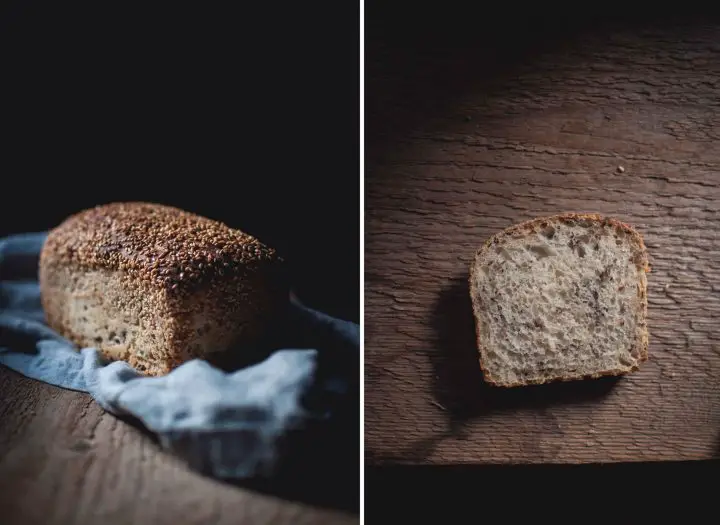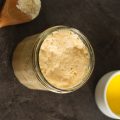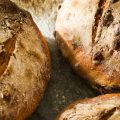Wondering how to fit sourdough baking into your daily schedule? sourdough baking takes a reasonable amount of time. But this isn’t really your time, i.e. the time you would spent on making bread. The most of this time is waiting for the bacteria and yeast to do their job. Feeling releaved? Read on.
Most importantly, baking sourdough bread doesn’t require you staying at home. However, preparing and fermenting sourdough while being away in some parts of the day will require some understanding of fermentation principles and planning ahead (similar to life, right?). Let’s look into steps on how to fit sourdough baking into your daily routine.
So, How Do You Fit Sourdough Baking Into Your Daily Schedule
1. Understand how fermentation works
Temperature of the water, temperature of the environment, flours used, and amount of starter in the dough are the variables that affect the dynamics of sourdough bread fermentation the most. By changing those variables you can easily adjust the time of the dough fermentation to fit to your absence from home. Increase the temperature and amount of starter and your dough will ferment faster and vice versa. Getting to the right temperatures and right amounts of starter will take a little bit of experimenting in order to avoid overproofed dough when coming back home. This is especially important in summer when temperatures get high.
2. Get clear on what kind of bread you would like to bake and then plan (ahead) wisely
Different types of dough (or better to say types of bread) might require different approaches of handling the dough. In all cases, baking will require planning ahead and adjusting the recipes to fit the times when you are at home and when you can work with dough (i.e. before work, after work, etc.)
Two easiest sourdough breads that you can make while away are the sourdough sandwich loaf baked in a tin and sourdough focaccia baked in a tray. With both doughs you would simply mix the dough, knead it for couple of minutes to develop strength of the dough, transfer it to a greased pans, leave it to ferment until doubled in volume, and then bake it. Easy, right?

I usually mix the dough for sandwich bread or focaccia in the morning before going to work and, depending on the season, I leave it to ferment at room temperature or in the basement until I come home in the afternoon. In the best-case scenario, the dough is ready to be put in the oven in an hour after I come home (while the oven preheats). It is better to come home to slighlty underproofed dough than to overproofed one, where there is almost no way back.
You can make both types of bread in the afternoon in shorter amount of time, by simply mixing the dough with larger amounts of starter which will make the dough to ferment faster (also put the dough into warm place). In this way, you can have simple (yet very delicious) breads for dinner.
Using seasonal fruits in focaccias is one way of upgrading your sourdough bread and it’s basically making two in one – bread and dessert.

3. Make your fridge your best friend
When I discovered the fridge, I became one happy baker, or at least to say, I got more sleep. Putting the dough into the fridge after the bulk fermentation at room temperature allowed me to go sleeping and to avoid over-proofed dough in the morning. Using the fridge, my dough was ready to be put in the oven when I woke up in the morning. (OK, I once forgot to put the dough into the fridge and the scene in the morning was not pleasant.)
Fridge can serve you for choosing a cold bulk fermentation or cold final rise of the dough (or both). In both cases, the signs of the proper development of the dough are the same as in fermenting your dough at room temperature.
In addition to solving the sleeping issues, cold fermentation also brings out the special character of the dough, bringing out the subtle edgy sourness of the bread and making it extremely delicious.
Before you put the dough into the fridge, just make sure you cover it with a plastic bag or someting similar as the fridge dries up things.
4. Experiment and repeat
Practice makes perfect (bread). As you will observe how your dough acts under different circumstances, you will be able to judge the temperature and the amount of starter needed to get to the wanted step of bread baking.

What are your biggest challenges when it comes to baking sourdough during busy days? How do you organize your baking? Let me know in a comment below.






